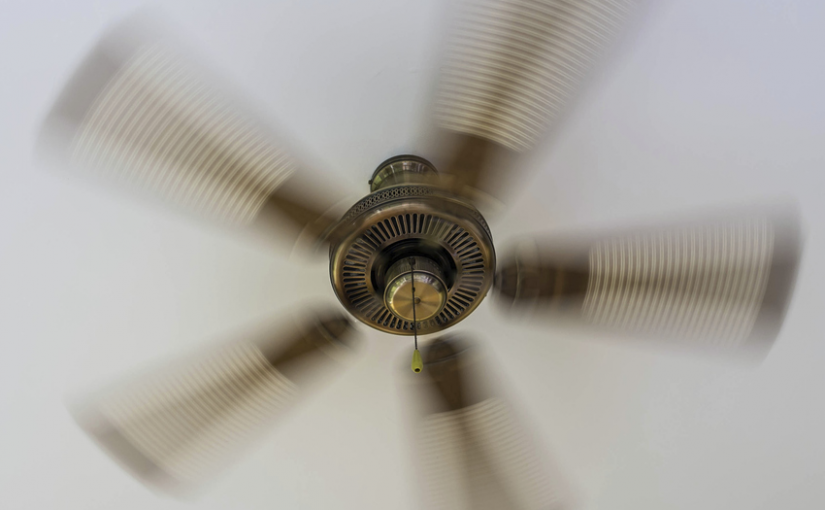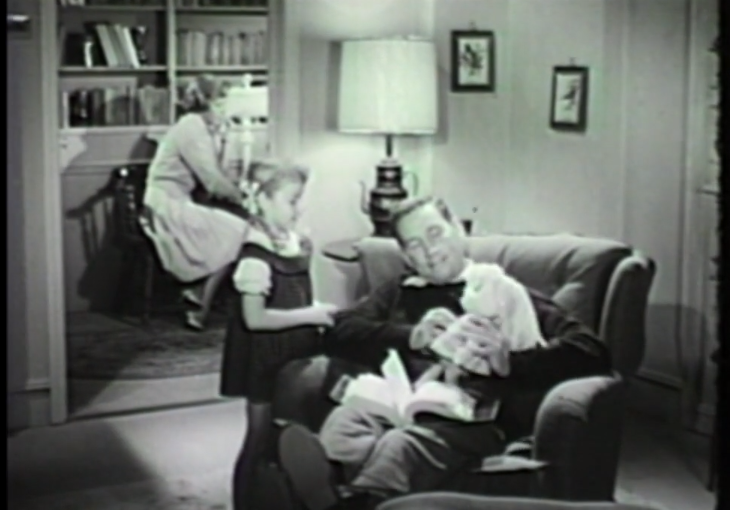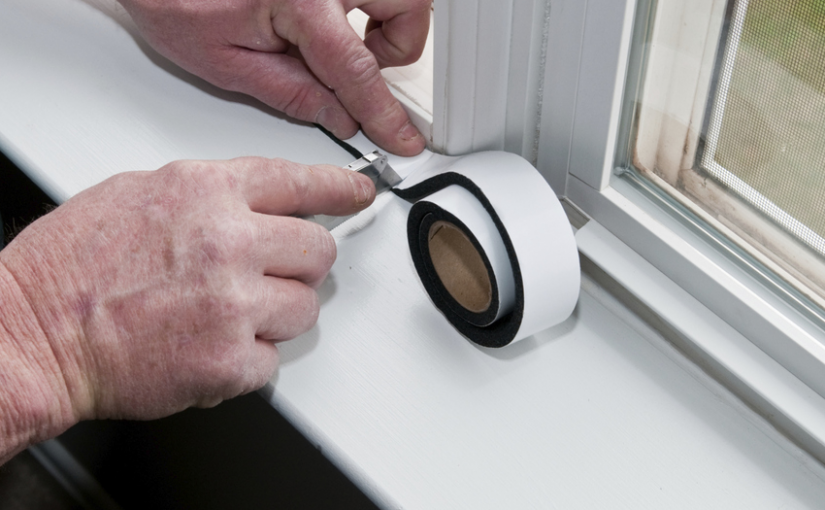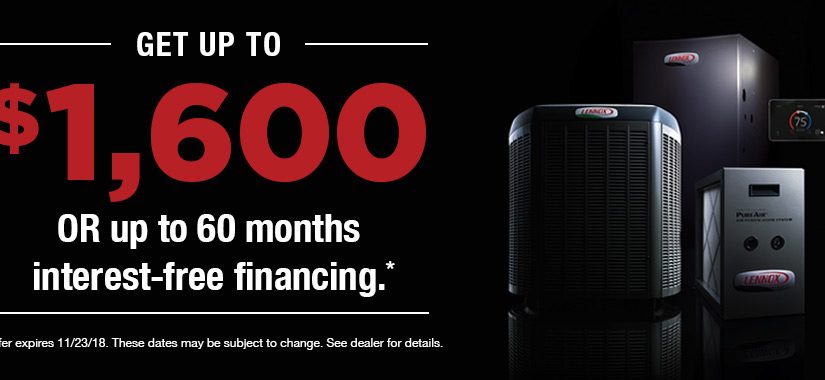Article originally posted on Lennox.com
The sun is shining, the birds are singing, and the squirrels are chasing each other up and down the trees. With all this activity going on, it’s hard not to get excited about the arrival of spring. So if you’re feeling energized and enthusiastic about this bright and breezy season, why not seize the moment and get some spring cleaning and much needed seasonal home maintenance done!
Get the clutter gone.
Decluttering is a great way to rid your home of stuff you no longer want, need or value. The benefits of owning fewer things are manyfold and include: fewer things to clean, fewer dust traps, less stress, less to organize, and more free time to do the things you really want to do.
Decluttering also frees up space in your home, which makes spring cleaning even easier. And if decluttering the whole house in one go feels too daunting, then simply tackle it one day at a time. If you get rid of one item every day for a whole year, by the time you’ve finished the project, your home will be 365 items lighter.
And for the items you want to keep, why not consider new ways of storing them or keeping them tidy. There are plenty of home organizational tips and tricks available to help you get ideas. Sometimes, just reorganizing your home can help you maximize the space you have and minimize the hassle you experience every time you want to find or use something.
Clear and clean—inside and out.
The outside of your home has probably taken more of a beating from winter than the inside, so start there. Walk around your home and examine caulking around the outside of windows and doors, and open those windows and doors and examine the weather stripping. Replace old or cracking caulk and worn weather stripping, where necessary. Also, inspect the roof for broken or missing shingles or tiles, and clean out gutters and downspouts at the same time.
Remember to check the air conditioner unit.
And while you’re outside checking the house and tidying the yard, remember to also check the air conditioner unit to ensure it’s debris free and in good working order. In fact, springtime is an ideal time to get your air conditioner, and the rest of the HVAC system, cleaned, serviced and ready for summer. So contact your local Lennox® Dealer soon and schedule an HVAC maintenance check. Clean coils, ducts and filters help to ensure that the system works efficiently and effectively all year long.
Think about cleaning the air in your house, too.
Cleaning the windows is a great place to start your inside spring cleaning. With so much more light filling your home, it’s easier to see just how much cleaning needs to be done. From ceiling fans to carpets and curtains, and from bathroom tiles to the top of kitchen cabinets, once you start clearing away the dust of winter, it’s really hard to stop.
But here’s one thing you may not have considered during your spring-cleaning frenzy, how clean is your indoor air? Springtime, especially, means the release of a lot of pollen and mold spores into the air, which in turn can cause a lot of unpleasant allergy-related symptoms. Lennox has Indoor Air Quality (IAQ) solutions that can remove 99.9% of allergy-causing irritants from your home’s air, providing extremely effective allergy-season relief. So when you’re getting your HVAC system serviced, ask your Lennox Dealer about what type of IAQ solution would be right for your home. He can recommend solutions that will combat your exact IAQ problems. So even if you can’t change the season, at least you can change your home into a sneeze-free, cough-free, and itchy-eyes-and-runny-nose-free zone.









